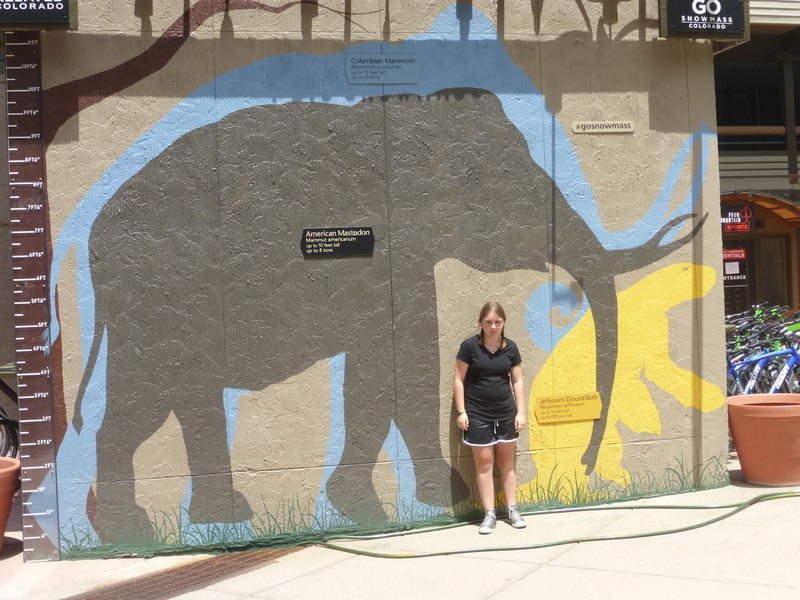The Local newsletter is your free, daily guide to life in Colorado. For locals, by locals.
This winter, as Snowmass Ski Area marks its 50th anniversary with fireworks, parties, and golden commemorative trail signs, it’s worth putting this celebration into perspective—geological perspective. Sure, downhill skiing has been an important part of our state’s culture since the early 20th century, and members of the Gunnison Ski Club jerry-rigged the state’s first chairlift near Crested Butte in 1939—but that history is a blink of an eye when compared to what’s now known about the region’s history following the discovery of the nearby Snowmastodon Site.
The discovery of one of the planet’s most important Ice Age fossil locales happened in mid-October of 2010 when Jesse Steele, a bulldozer operator working on the expansion of the Ziegler Reservoir, accidentally uncovered some very large bones. Steele immediately informed his supervisor, and the two took to the Internet to search for lookalikes. After correctly identifying the remains as mammoth bones, they notified the Denver Museum of Nature and Science. The excited museum personnel quickly negotiated a construction delay with the Snowmass Water and Sanitation District, which owns the reservoir, and began the excavations.

The team had just seven short weeks to uncover and document as many remains as possible before the site was flooded. Despite lousy weather conditions and knee-deep mud, the crew unearthed nearly 5,000 bones that belonged to a menagerie of Ice Age “megafauna,” including mammoths, mastodons, bison, American camels, and a giant ground sloth—the first ever found in Colorado.
The discoveries also included 26,000 bones from at least 30 species of small Ice Age animals, such as muskrats, beavers, frogs, lizards, and snakes, as well as the remains of 60 different plants. Together, these finds provide a rare glimpse of what the environment was like on Snowmass Mountain from about 140,000 to 55,000 years ago, when a small glacial lake and wetlands covered the area and the climate fluctuated rapidly.
In the center of Snowmass Village, the Ice Age Discovery Center helps visitors share in the excitement of the site’s groundbreaking discoveries. The displays include a half-sized wooden mammoth skeleton, a video about the excavations, and fossil casts of both mastodon and mammoth teeth that you can touch. In addition, between runs down Snowmass’s historic slopes, you can snap some selfies in front of life-size outlines of the massive Columbian Mammoths and American Mastodons that roamed this region a full 140,000 years before Colorado got its first chairlift.








